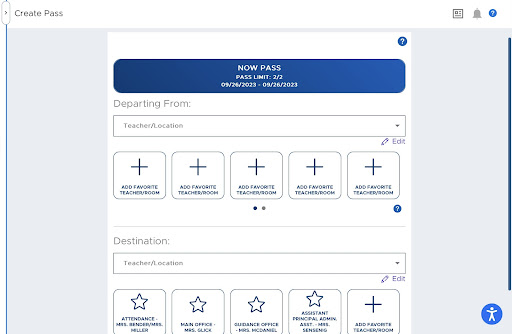
By Andrew McCune ‘24
Since the start of the school year, many new policies have been introduced to ensure safety for everyone. One system that changed on Wednesday, September 13, 2023 was related to e-hallpass. Students are now limited to 2 passes per school day.
Roughly 1,400 students on the highschool campus use e-hallpass. The reason for the change is to prevent students from abusing their privilege of leaving class.
According to Principal Dr. Matthew Fox, “The idea of a pass limit is that it’s easier to start out with limiting passes of how many people are going places.”
In the beginning of the school year, CVHS used lanyards or written passes to go to a destination. The problem arose because teachers and administrators couldn’t track the number of passes and locations school-wide.
Since there was no way to pinpoint if students were being truthful about where they were going, e-hallpass became a reliable option. This program shows who is signed out of class, how long they are out, where they are located, and how many passes they have used that day.
Hunter Kleckner (12) believes that “having only two passes is responsible.” He added, “This prevents kids from going every block for 15 minutes.”
Kleckner explained that he doesn’t often max out his passes, but there was one time he did worry a little about the pass limit. He said the pass limit seems like a good number, but there should be a way to override the limit if there is an emergency.
Not all students agree with the limits. Taylor McComsey (12) believes that “the e-hallpass change is terrible because women have a reason in which they need to use the bathroom more.”
Teachers seem to appreciate the change. History teacher Mr. Brad Herr explained that “with the auto-pass feature engaged, e-hallpass creates minimal disruptions.” Teachers get more material passed onto students instead of having to stop teaching every few minutes.
Herr added that “we should limit the reasons students have to leave class,” and suggested that the school could “perhaps explore increasing the time for class change to allow students to visit the restrooms without the need to miss class time.”
Dr. Fox said that the system seems to be working smoothly. “Two passes gives [students] 1 in the morning, 1 in the afternoon, and allows [them] to have lunch in between. So it’s 3 or 4 times a day, and that’s on average what we’re seeing.”
